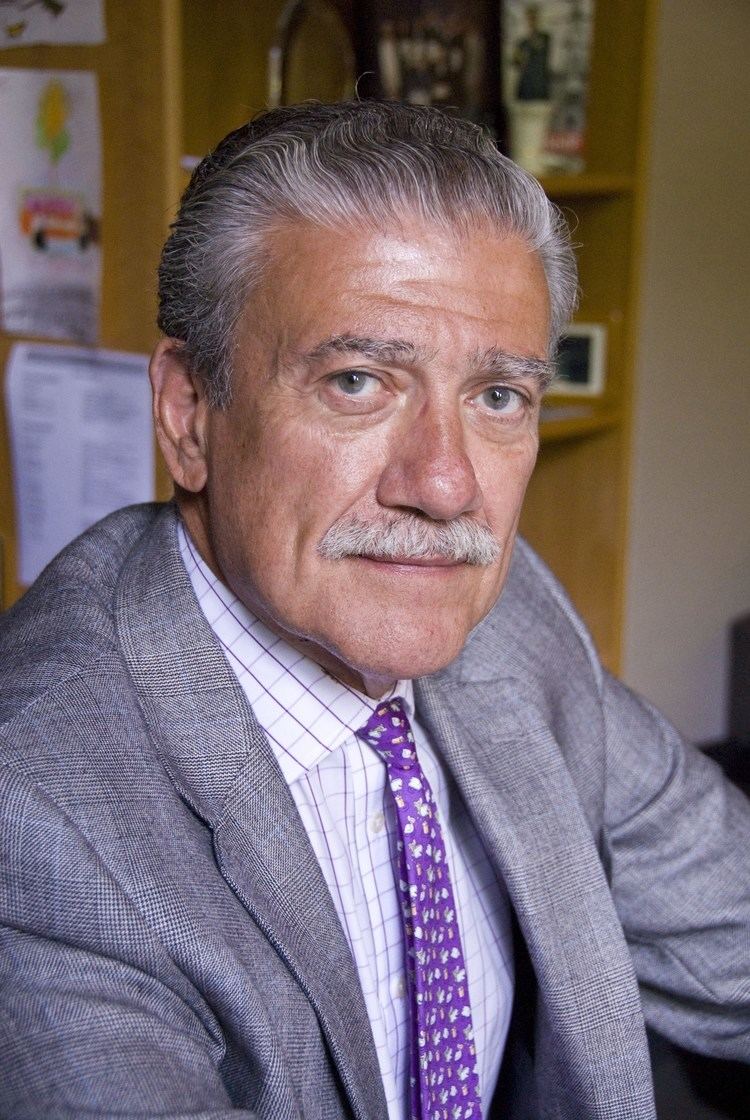Appointed 21 July 1452 Name John Kemp Successor Thomas Bourchier | Predecessor John Stafford Term ended 22 March 1454 | |
 | ||
Consecration 3 December 1419by Louis d'Harcourt Created Cardinal 18 December 1439(Cardinal priest),and 21 July 1452(Cardinal bishop) | ||
Toby a john kemp dog avi
John Kemp (c. 1380 – 22 March 1454) was a medieval English cardinal, Archbishop of Canterbury, and Lord Chancellor of England.
Contents

Countdown to the ada aapd speaks to john kemp
Biography
Kemp was son of Thomas Kempe, a gentleman of Ollantigh, in the parish of Wye near Ashford, Kent. He was born about 1380 and educated at Merton College, Oxford.
Kemp practised as an ecclesiastical lawyer, was an assessor at the trial of Oldcastle, and in 1415 was made dean of the Court of Arches but did not do a good job as dean. He then passed into the royal service, and being employed in the administration of Normandy was eventually made chancellor of the duchy. He was briefly archdeacon of Durham. In 1418 he was made Keeper of the Privy Seal which he retained until 1421. Early in 1419 he was elected Bishop of Rochester, and was consecrated at Rouen on 3 December. In February 1421 he was translated to Chichester, and in November following to London.
During the minority of Henry VI Kemp had a prominent position in the English council as a supporter of Henry Beaufort, whom he succeeded as chancellor in March 1426. In this same year on 20 July he was promoted to the Archbishop of York. Kempe held office as chancellor for six years; his main task in government was to keep Humphrey of Gloucester in check. His resignation on 28 February 1432 was a concession to Gloucester. He still enjoyed Beaufort's favour, and retaining his place in the council was employed on important missions, especially at the congress of Arras in 1435, and the conference at Calais in 1438.
In December 1439 Kemp was created a cardinal priest, and during the next few years took less share in politics. He supported William de la Pole, Earl of Suffolk over the king's marriage with Margaret of Anjou; but afterwards there arose some difference between them, due in part to a dispute about the nomination of the cardinal's nephew, Thomas Kempe, to the bishopric of London. At the time of Suffolk’s fall in January 1450 Kemp once more became chancellor. His appointment may have been because he was not committed entirely to either party. In spite of his age and infirmity he showed some vigour in dealing with Jack Cade's rebellion, and by his official experience and skill did what he could for four years to sustain the king's authority.
Kemp was rewarded by his translation to Canterbury in July 1452, when Pope Nicholas V added as a special honour the title of cardinal-bishop of Santa Rufina. As Richard of York gained influence, Kempe became unpopular; men called him "the cursed cardinal," and his fall seemed imminent when he died suddenly on 22 March 1454. He was buried at Canterbury, in the choir.
Kemp was a politician first, and hardly at all a bishop; and he was accused with some justice of neglecting his dioceses, especially at York. Still he was a capable official, and a faithful servant to Henry VI, who called him "one of the wisest lords of the land" (Paston Letters, l. 315). He founded Wye College at his native place at Wye, that was part of the University of London before officially being closed in 2009.
